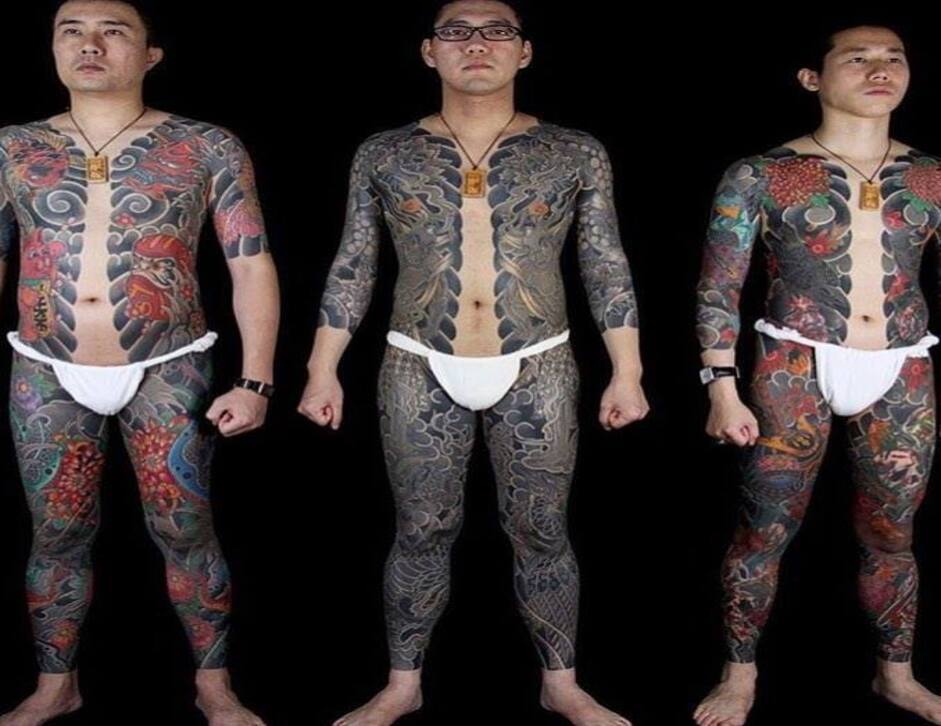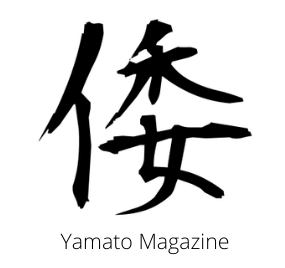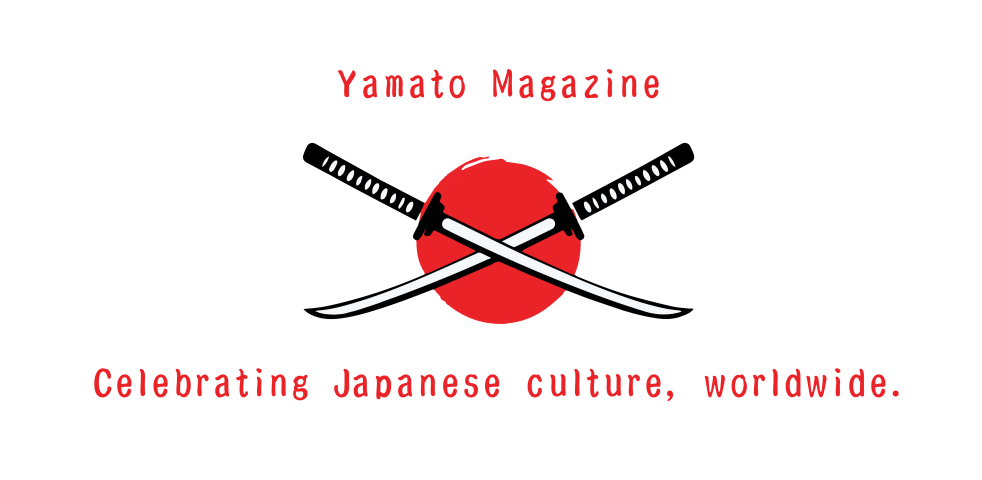
Tattoos means different things in different cultures, with specific stylistic choices taking on their own culture and tradition. Japanese tattoos, also known as irezumi, are among the most distinctive. But the word ‘irezumi’ means far more than ‘tattoo.’ Irezumi is a lifestyle choice intwined with the seasons and a representation of an art form that has been built up over centuries.
To truly understand the language of irezumi, it’s worth knowing the words that appear in the category. Yamato Magazine has created a helpful glossary to introduce you to the wonderful world of Japanese tattoos.
Akebono bokashi – A type of shading where different colours blur together.
Akebono mikiri – A type of mikiri (tattoo border) that is connected to the sun, as akebono means daylight. This type of border becomes less intense in colour overtime.
Bokashi – Gradation. An important irezumi technique used to depict motifs like wind and water.
Botan-giri – A type of mikiri that’s wavy and used to represent water, clouds and flowers like the peony.
Bukkiri – A mikiri that has a straight-edge and looks like it was sliced with a katana.
Deshi – Tattoo apprentice.
Fundoshi – A type of underwear that irezumi enthusiasts wear to show off their bodysuits.
Gakubori – The ‘picture’ part of a Japanese tattoo. Think of the gakubori as a way that the tattoo artist will frame an entire piece and set the stage for the rest of the tattoo. Common motifs for the Gakubori include water and clouds.
Ichimon – The close-knit family system between Japanese tattoo artists. Even after an apprentice has completed their training and set up their own shop, they will often continue to have a close relationship with their master and be expected to take care of them.
Imotsuki – A technique used in tebori that inserts ink in an up-and-down motion similar to a tattoo machine.
Irebokuro – Translates to ‘inserted moles.’ This type of tattoo was popular among Japanese courtesans and took the form of dots that were inserted above the thumb on top of the hand. The courtesan’s lover would also get the irebokuro so when the tattooed hands touched the dots would lock perfectly together. A secret form of devotion.
Irezumi – Originally referred to as a branding mark given to criminals as punishment. Has evolved into an entire subculture of specific Japanese art that incorporates gods, heroes and landscapes into tattoo form.
Kakushibori – A style of irezumi that have playful and sexual connotations. Translates to ‘hidden tattoos’ and can be found in unusual places e.g. under the armpit or the inner thigh.
Kame-no-Kou – Translates to ‘The Tortoise Shell.’ A type of bodysuit that covers the back, buttocks and thighs so the wearer looks as if they have a literal shell on their back.
Keshoubori – Known as the trimmings or decoration for a tattoo. They support the central design and popular images are peonies and cherry blossoms.
Kishoubori – A vow tattoo. This type of art could be found on Japanese courtesans and was made by their clients. The client would write their name on the courtesan’s body with a brush, pierce the skin and then rub in ink to leave a permanent mark.
Hari – Needles used in the tattooing style of tebori.
Hanebori – A tebori technique used for shading. Needles are inserted in the skin and flicked upward while the tool is pulled back, widening the puncture wound and letting more ink into the skin.
Hikae – A bodysuit that only covers the arms, chest and shoulders.
Hori – Refers to the engraving or signature that a Japanese tattooist will use to complete a tattoo and identify their work. Also refers to a mastery of the irezumi craft and the equivalent of putting ‘Dr’ or ‘Prof’ in front of a name.
Horimei – A tattooist’s name. The artist will enclose their name in a rectangular box that looks like a seal. The horimei may be placed on a large backpiece.
Horishi – A horishi is a tattoo artist in Japan who has trained for years under a shisho (master).
Matsuba mikiri – A type of tattoo border inspired by pine needles. A series of straight lines is used to create the border.
Mikiri – Tatoo borders. Mikiri are essential components of an irezumi tattoo because the edges help to form the full piece.
Monshin – A crest on one’s body.
Munewari – A type of bodysuit that is split down the chest. The only part of the body that isn’t tattooed is a space that runs from the chest to the stomach. The style is said to be inspired by the traditional Japanese workman’s coat.
Nagasode – A long sleeves style of bodysuit that covers the entire arm and ends at the wrist.Comes in two forms. Kubu (ending at the wristbone) and Tobu (goes beyond the wristbone and stops before the hand).
Nijubori – Two-layer tattooing. An example of this would be of getting a tattoo of one of the Suikoden warriors who appeared on woodblocks inspired by the famous Chinese text of the same name. The warriors have their own tattoos.
Nomi – A tool used in tebori and is made from bamboo or steel.
Nukibori – The areas of skin that a tattooist leaves unmarked.
Senaka – A type of bodysuit that covers the back, thighs and buttocks only.
Shamisenbori – A rare style of tattooing that uses needles fixed to the flat end of a handle that looks like a shamisen pick. This is held like a pencil and the ink is inserted in an upward motion.
Shinbashi-iro – Blue green.
Shichibusode – Refers to the seven-tenth sleeve bodysuit. The wearer is tattooed completely, with the exception of below the elbow, so it looks as if a long sleeve shirt has been pulled up.
Shisho – Master tattooist.
Shudai – The ‘subject’ of the tattoo or central motif. In irezumi, the central motif is usually a folk hero, gold or animal.
Shu iro – A shade of scarlet popular for use in Japanese tattoos.
Soushinbori – A full Japanese bodysuit.
Tebori – Japan’s traditional form of tattooing that involves a tattoo being done by hand with needles.
Tsubushi – Full and heavy shading across the body.
Tsukibori – A jabbing technique that differs from the hanebori style with there being no upward-flicking movement.
Usuzumi bokashi – Literally means diluted ink shading. Also used to refer to the colour grey and reflects the overall appearance. A tattoo artist will dilute and separate ink gradations in a step-by-step process.
Wabori – Another word for irezumi coined in the 20th century. Translates to ‘Japanese engraving.’


2 thoughts on “Understanding The Language Of Irezumi”